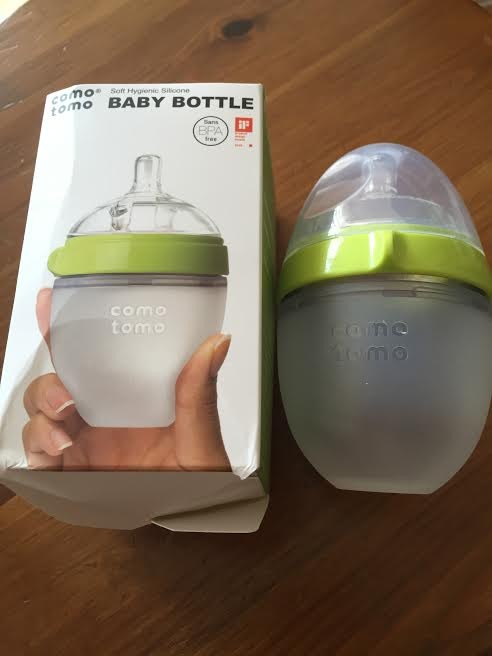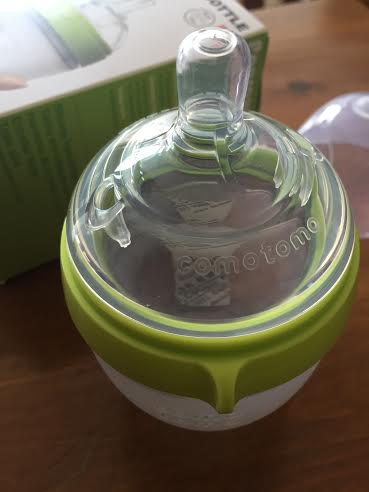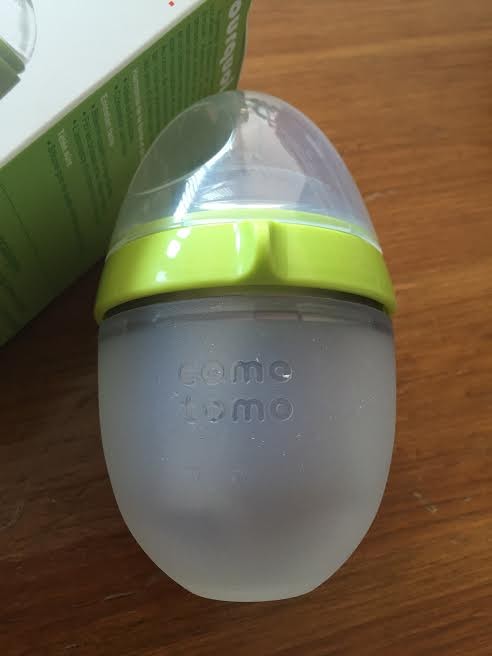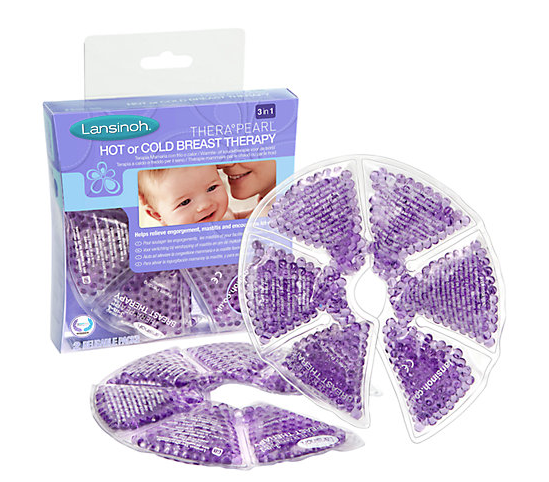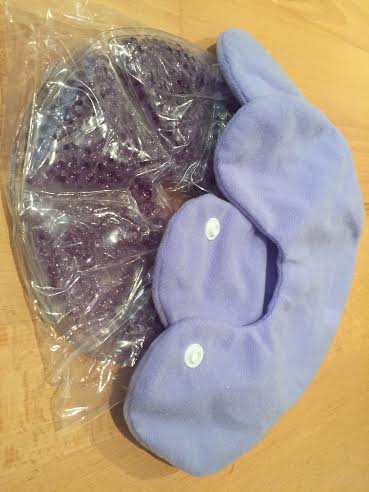According to a survey of almost 3,500 new mums, polled by leading UK pregnancy resource Emma’s Diary a resounding 94% chose to breastfeed their baby with 72% saying they did this to reduce their baby’s chances of contracting an infection or disease, a further 22% of mums breastfeed to bond emotionally with their baby.
The survey also revealed that the most common reason mums chose not to breastfeed was due to difficulty with ‘latching on’ or the positioning of baby, other common reasons included feelings of discomfort or soreness.
Professional midwife Hannah Harvey told Emma’s Diary: “Despite being an entirely natural process, breastfeeding doesn’t come easy to everyone. While many women take to it without difficulty, for some it can take longer to establish. Breastfeeding can be the most wonderful and natural experience for you and your baby but what’s often needed is a little patience and practice. The most common reason for sore nipples while breastfeeding is incorrect positioning and means that your baby isn’t latched on properly and is sucking the nipple rather than the surrounding areola.”
“Soreness can also occur for a number of other reasons too, such as if your baby is taken off the breast without the suction being broken first, wearing soggy breast pads, using too much soap which can dry the skin and developing a sensitivity to certain creams or sprays. To avoid soreness, you need to first make sure your baby is attached to your breast correctly, explained Harvey.”
Top tips for avoiding soreness:
- Keep nipples dry and expose them to the air as much as possible
- Avoid using soap or other perfumed products on the nipples
- Regularly change breast pads so they are fresh and dry
- Wear a cotton bra to let the air circulate
- Rub a couple of drops of your own milk into your nipple and areola after a feed
Once mastered, the majority of women will find breastfeeding the simplest and most satisfying way to feed their baby. Emma’s Diary supports the Department of Health and UNICEF UK Baby Friendly Initiative (BFI) which recommends exclusive breastfeeding until a baby is six months old.
Faye Mingo, Marketing Director at Emma’s Diary explained: “There are numerous benefits to be had from breastfeeding not just for baby but for mum too, so we believe that getting the right advice from the outset will help to make the journey much smoother. Collaborating with medical bodies and practicing midwives means we can provide up to date, accurate information to support mums every step of the way.”
Did you know?
- Breastfeeding burns at least 500 calories a day, so it can also support women getting back into shape post labour.
- Breastfeeding for at least six months significantly reduces the risk of pre-menopausal breast cancer and can also protect you from osteoporosis, ovarian cancer and type 2 diabetes. You can read more here: http://www.emmasdiary.
co.uk/baby/breastfeeding/ benefits-of-breastfeeding
Top tips for ensuring your baby is ‘latching on’ correctly:
· To get started, hold your baby close to you with her chest against your chest, her nose opposite the nipple (so that she can reach the breast easily) and her head, shoulders and body in a straight horizontal line.
· Your baby needs to take a good mouthful of breast tissue – both the nipple and the surrounding dark area called the areola. With her head tilted back, bring her chin and bottom lip to the breast (rather than move your breast towards your baby) and get her to brush your nipple with her lips, which stimulates her to open her mouth wide.
· Once her mouth is open really wide, bring her to the breast quickly. Aim her bottom lip below the base of your nipple. Her chin should be touching your breast and her nose should be free so that she can breathe easily. Your baby is properly latched on when her mouth is wide open and she has a big mouthful of breast.
· She should settle into a feeding rhythm quite quickly, starting with short sucks then taking longer, deeper sucks with pauses and you will notice her jaw moving as she feeds.
Getting your baby properly ‘latched on’ and into the right position will help to make breastfeeding comfortable and feeding efficient. Midwife, Hannah Harvey explores six of the most popular breastfeeding positions for mums to try:
Cradle – a classic breastfeeding position where baby nestles in your arms with its head resting on your forearm and its tummy facing towards. This position is popular with older babies who have more control over their head movement.
Cross Cradle – great for newborns who are learning to latch on correctly as it allows greater control. Baby’s body is placed across the front of your body, one of your arms runs along the length of the baby’s back and the other supports the neck and head. Breastfeeding pillows can also provide extra support.
Side Lying– very useful if you are recovering from a C-section or want a comfortable position for night feeds. This is great for relaxed feeding and bonding. Lay down on your bed with your arm tucked behind your head for comfort and support, latch your baby onto the breast closest to the bed and line up their tummy with yours.
Rugby Hold – a favourite position of many new mums (also known as the under-arm or clutch position) it’s useful for smaller and premature babies and helpful after a C-section. Women with larger breasts or twins, may also find this position works well for them. Baby lies in a hold underneath your arm facing you, using pillows to support, your baby’s feet point in the direction of the sofa or chair you are sitting on.
Back Lying– also known as ‘laid back’ breastfeeding as it is a very comfortable and natural experience. Baby lays tummy to mummy in a feeding-ready position. Lay back with a cushion to support your back, place baby onto your chest. This is a great position for early days and useful if you’ve had a C-section.
Twist Front Cross– (sometimes called double cross cradle) this is a good position for tandem feeding twins. Each baby is placed in the opposite direction to the other with their heads resting on the left and right crooks of your arms.
For more details, visit Emma’s to watch breastfeeding positions via this helpful video: http://www.emmasdiary.


